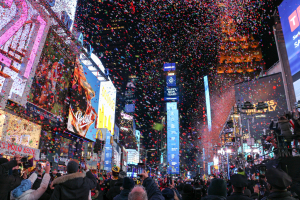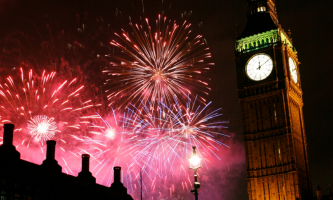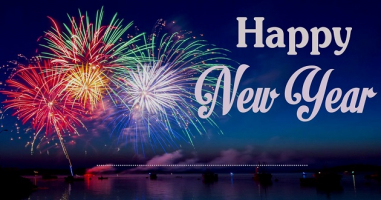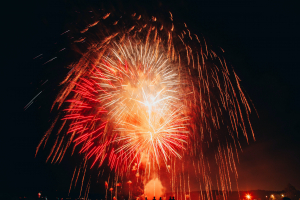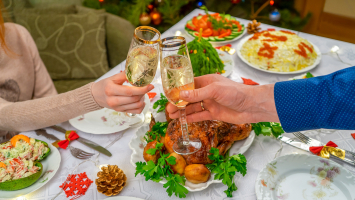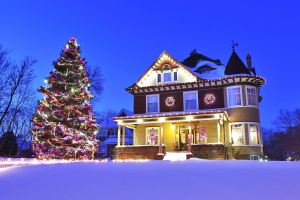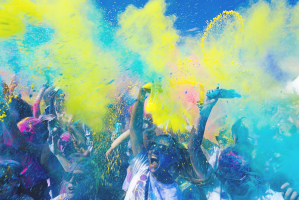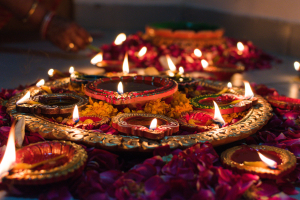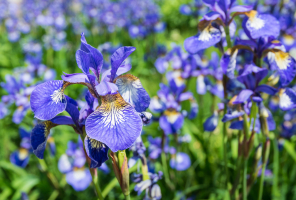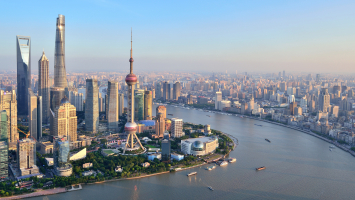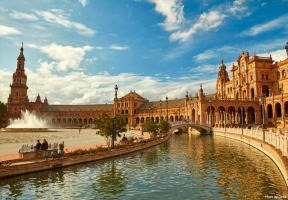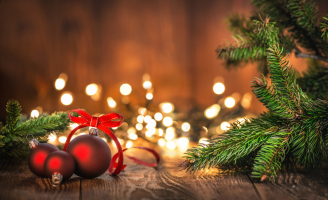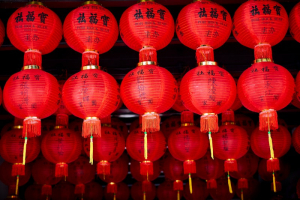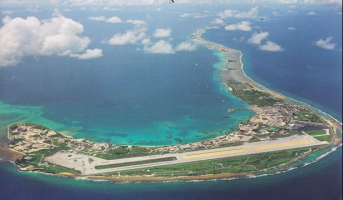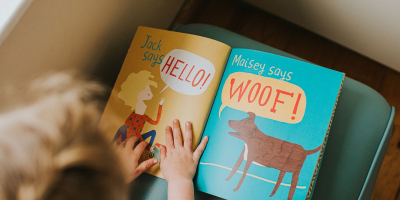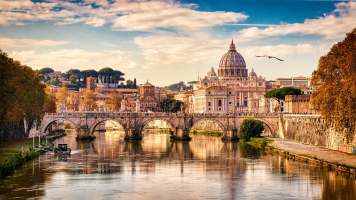Top 10 Countries Celebrate Lunar New Year
The Lunar New Year is a long-standing traditional culture that is important in the lives of people in many nations. In each country, there are different ... read more...customs to celebrate Lunar New Year, which are very special and traditional, but in general Lunar New Year is still an opportunity for family members to gather to welcome a happy and peaceful new year. Let's take a look at Toplist with some countries to celebrate the Lunar New Year.
-
The Lunar New Year is also the most important holiday in China because it is a time for families to reconnect and celebrate the arrival of spring. The Lunar New Year will begin on the first day of the first lunar month and will run until January 15th.
The night of December 30 in the lunar calendar is known as New Year's Eve or Union member's night. At this time, family members will meet to savor traditional cuisines and discuss old-year memories, and adults will celebrate the birth of children. The New Year's Eve supper has a vital value in Chinese culture, showing the pleasure of each family. And of course, it is indispensable for entertainment activities such as lion dance, fireworks, boat racing, stilt rides, and yang ca dance - a Chinese folk dance.
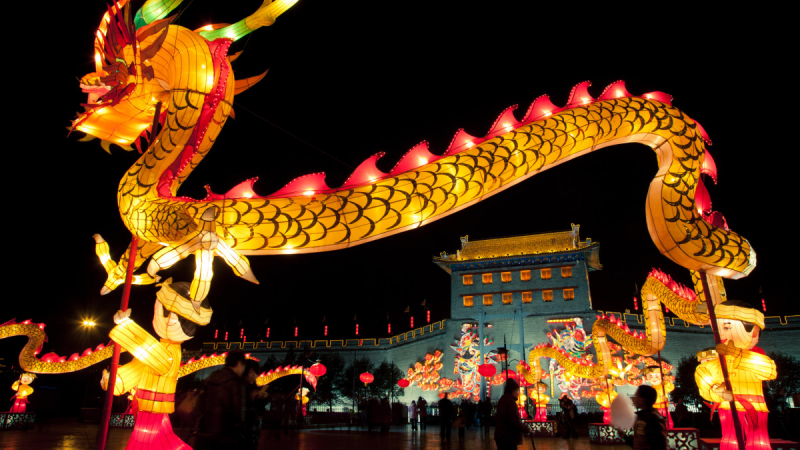
China 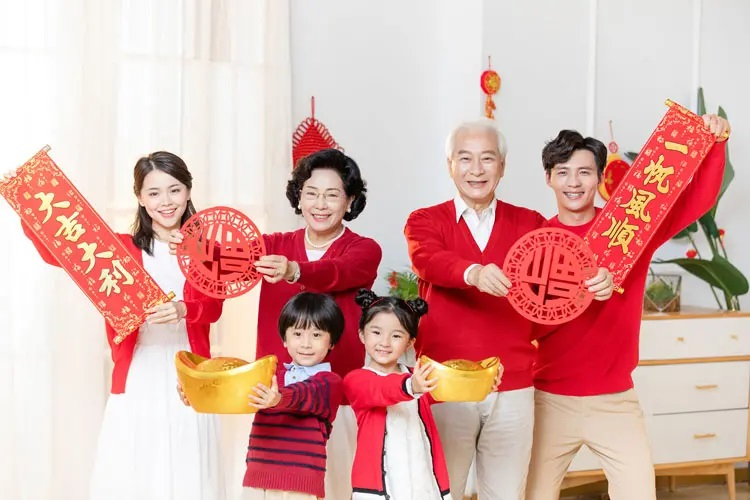
China -
The Lunar New Year is not only a transition period between the old and new lunar years for Vietnamese people, but it also has various spiritual and cultural implications. According to Eastern belief, this is the season when heaven and earth have reconciled and people draw near to the gods, they will pray for a year of favorable rain and wind, as well as a plentiful harvest.
Furthermore, today is regarded as a "refreshing" day, a day when people can expect a calm, successful, and pleasant new year for the whole year and leave all bad luck from the previous year behind. As a result, during the Tet holiday in Vietnam, every house is busy cleaning, purchasing, and tastefully decorating the house. This is also an opportunity for people to renew emotionally and spiritually so that the relationship with their loved ones is closer, and the spirit is more comfortable and joyful. Together, they lit incense sticks in the memory of their grandparents, and ancestors, and thanked them for their blessing over the past year.
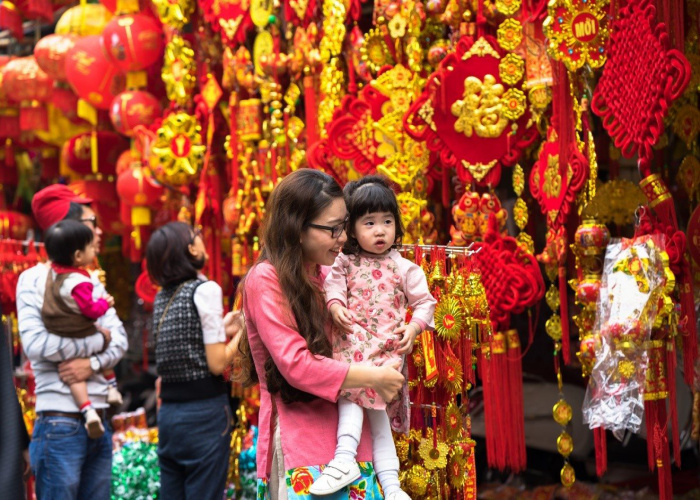
Vietnam 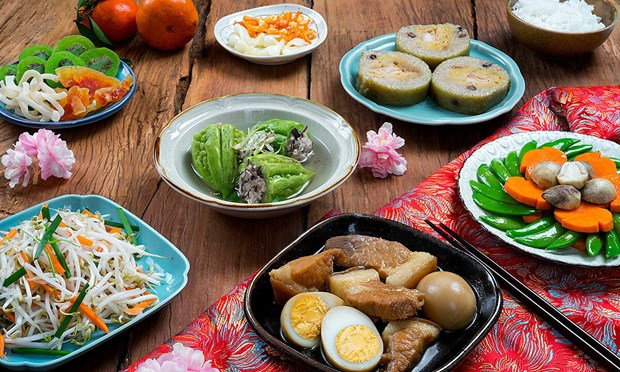
Vietnam -
The South's Korean Lunar New Year, known as Seollal, is one of the two biggest South Korean holidays, along with the Mid-Autumn Festival, which begins on the 1st day of the first lunar month every year. South Koreans celebrate Seollal as a unique time to memorialize ancestors, especially those who have come home from far away to meet and reconcile. On this day, South Koreans will wear traditional Hanbok clothing, perform ancestor ceremonies, play folk games and eat traditional food, exchange tales, and meet other people.
Most Korean businesses are closed during the Lunar New Year holiday. People take time off from work to visit their family in their native country. These days, Koreans arrange folk activities such as Yutnori, shuttlecock, kite flying, seesaw leaping, and so on. Ordinary people will go shopping one week before Seollal Day, preparing to present gifts to relatives and friends, such as fruits, ginseng, fish, honey, dried fish, and so on.

South Korea 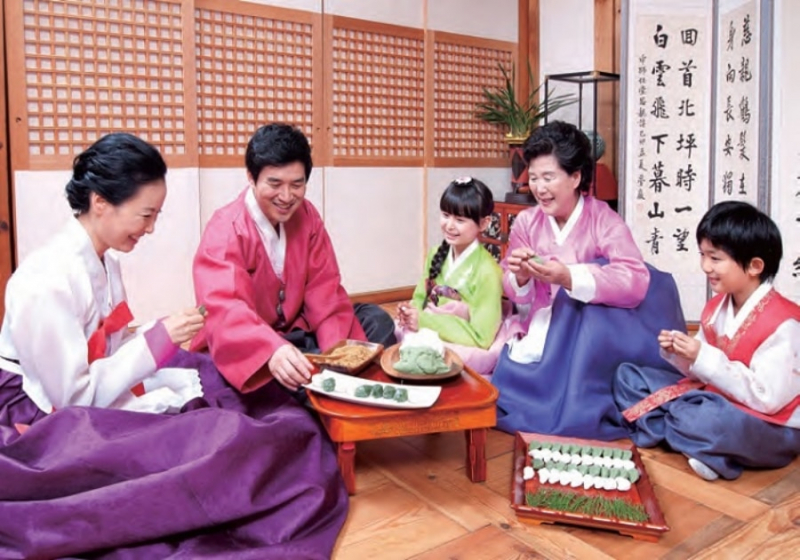
South Korea -
For Singaporeans, Lunar New Year is also a significant holiday because Singapore is a Chinese-origin country, and its cultural orientation is heavily affected by China. Singapore New Year's Day festivities will include three major events: the Lantern Festival, the Singapore River Hongbao Festival, and the Chingay Street Festival, among others.
The Singaporean tray contains numerous traditional and important delicacies for the family on the occasion of the Lunar New Year, such as Yu Sheng salad, pastries, Bak Kwa dried beef and longevity noodles. There are also many more appealing desserts, such as pineapple pie, Red Date Cake, Wealth of Opportunities Cake, and so on. People decorate the streets with the typical red color of the Lunar New Year to welcome the new year. There are many festivals that take place during a month from the 1st of the lunar calendar to the end of the middle of February.
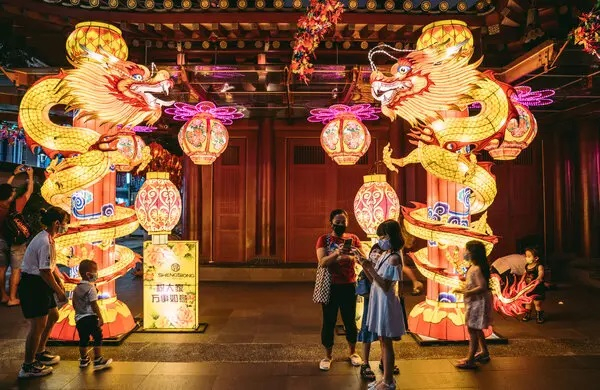
Singapore 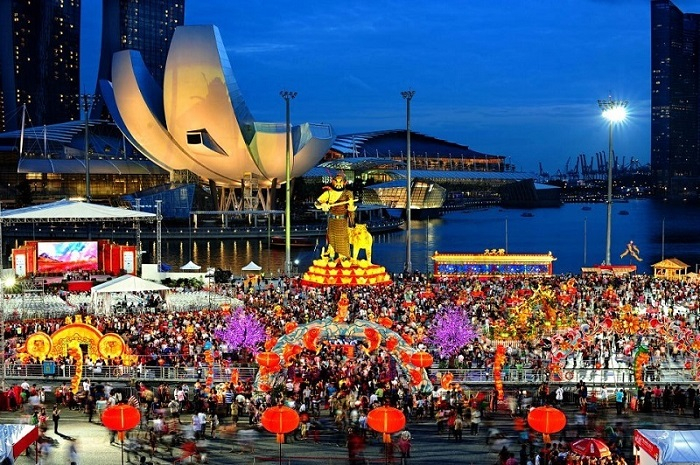
Singapore -
The Mongolia Lunar New Year or Tsagaan Sar Day is one of the two biggest holidays in the country. This is a festival that not only marks the end of a long and frigid winter and ushers in a new spring, but it is also a time for family to congregate and renew bonds.
The Mongols will clean their homes and put on new garments in preparation for Tsagaan Sar Day. Their traditional cuisine contains dairy items, cakes, lamb, beef, horse meat, and rice with curd. Mongolian males frequently execute major ceremonies on New Year's Eve. It is essential to pray on a nearby hill or peak in the new year. Then, they pick a departure route based on your horoscope. The exodus at the beginning of this year is said to bring good luck to everyone.
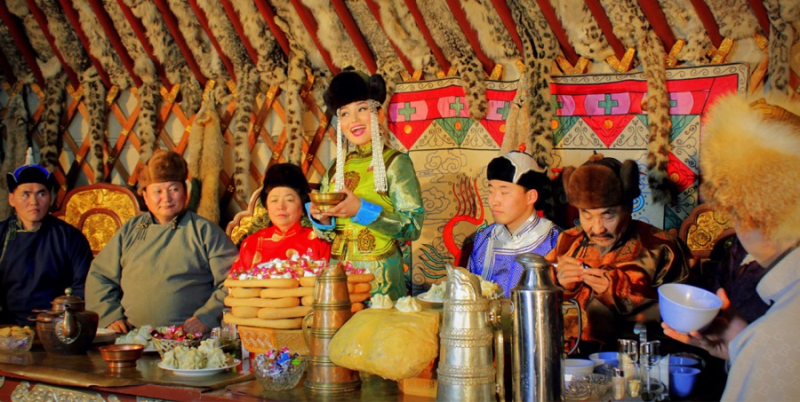
Mongolia 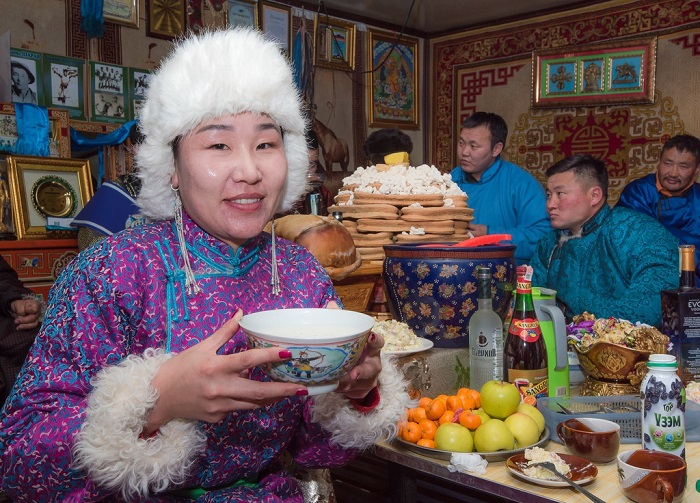
Mongolia -
Malaysia is a multi-ethnic country, in which the majority are of Chinese origin, they also celebrate the Lunar New Year according to the lunar calendar like other countries. Malaysians would also clean their homes on the occasion of the Lunar New Year in order to wash away the bad luck of the previous year and welcome the good luck of the new year. They also enjoy decorating with red objects to bring good fortune.
Lunar New Year is also a day of reunion; they prepare a tray to worship ancestors and distribute fortunate money to young children and unmarried people. If you visit here on these days, you will be greeted by the proprietor with excellent food and drinks, particularly tangerines.
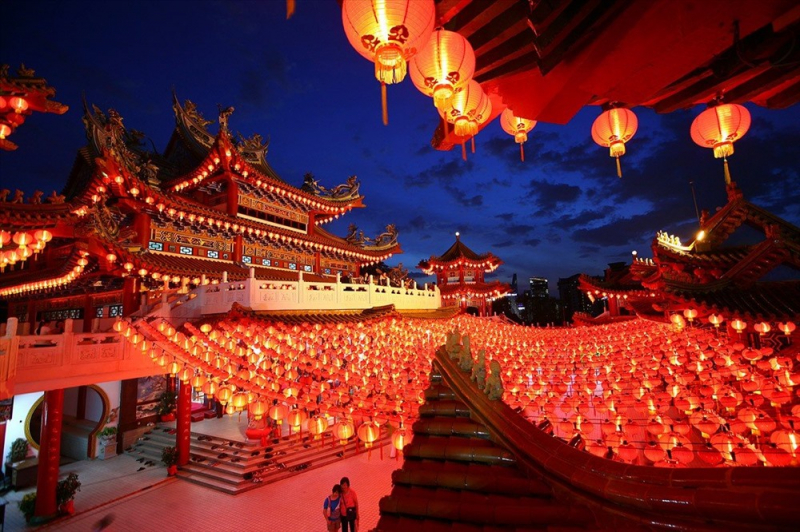
Malaysia 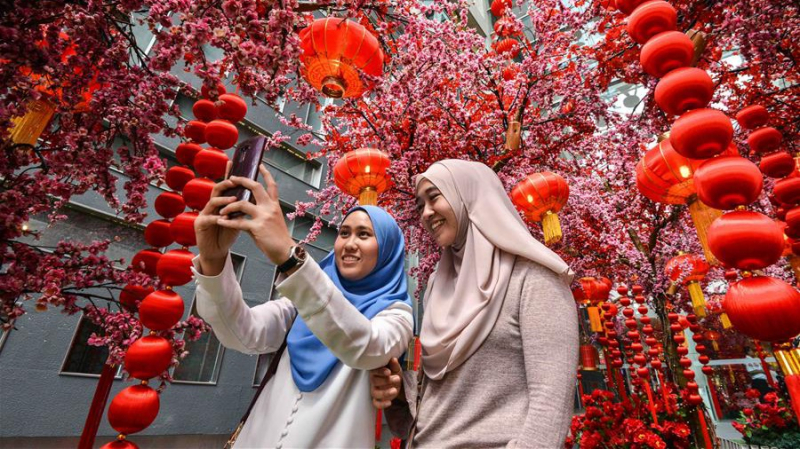
Malaysia -
The biggest lunar new year in India is the Holi festival. This is the most important event of the year and the most well-known spring festival of the Indian people. This Lunar New Year event symbolizes the end of the hard winter and the arrival of spring. Furthermore, the Indians think that as the sun warms up, it dispels the winter cold in the same way that good repels evil.
In India, similar to Thailand's water festival, individuals mix color powder and water and apply it to their faces, clothes, and so on, regardless of whether the people around them are acquainted or unfamiliar. Along with a series of other special festivals, this event makes tourists quite impressed and excited when participating in this festival.
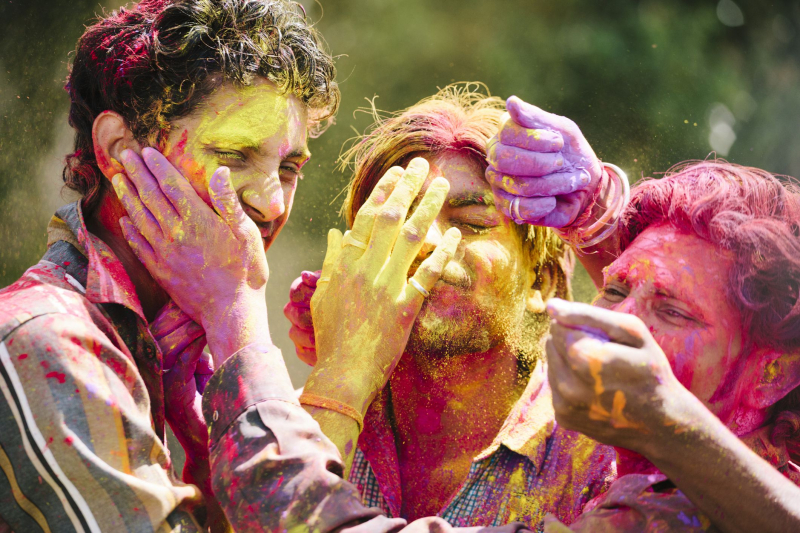
India 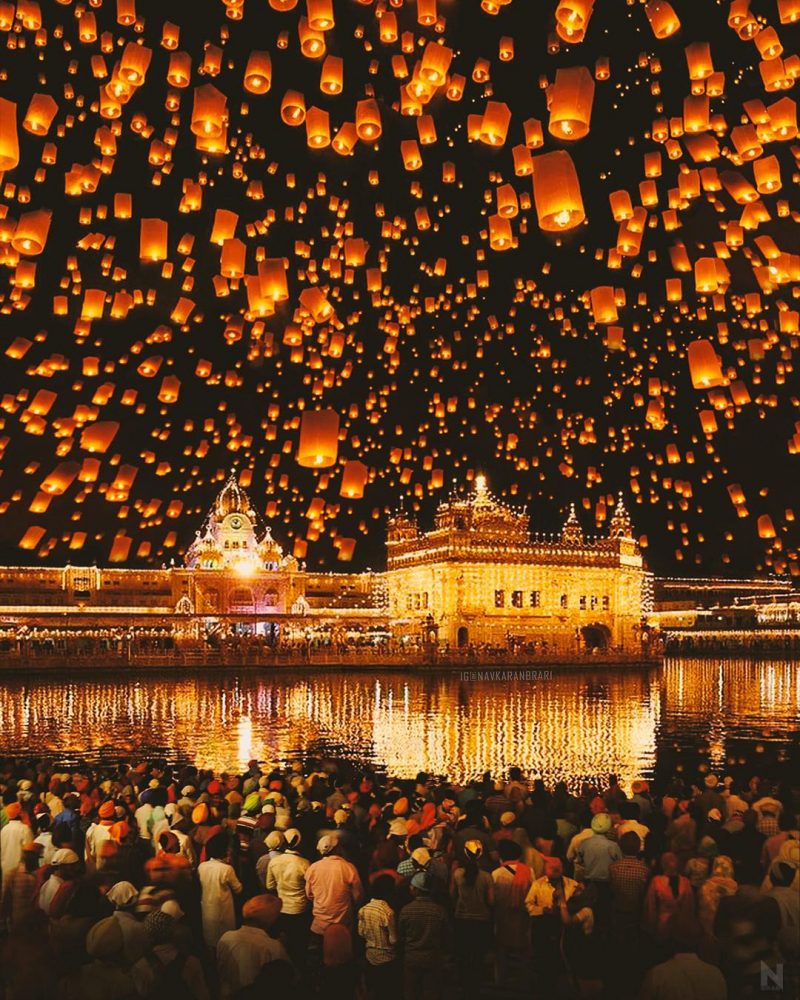
India -
The traditional New Year in the land of golden temples - Thailand is known as Songkran. This New Year's Day is established by the Buddhist calendar (corresponding to three days 13, 14, and 15 of the solar calendar). This Songkran year's largest celebration takes place from April 13 to April 15. At this time of year, the custom of splashing water on the seniors takes place; young people will splash water on the elderly to express respect. Elderly people hope that juniors will ignore the grumpy words of the elderly every day.
The custom of splashing water during Lunar New Year is very grand, fun, and famous around the world. It has attracted a lot of tourists, and they are very excited when people will use all kinds of items such as water guns, buckets, pots, water balloons, brass... to splash water on each other. Those who get splashed the most are said to bring good luck throughout the year.
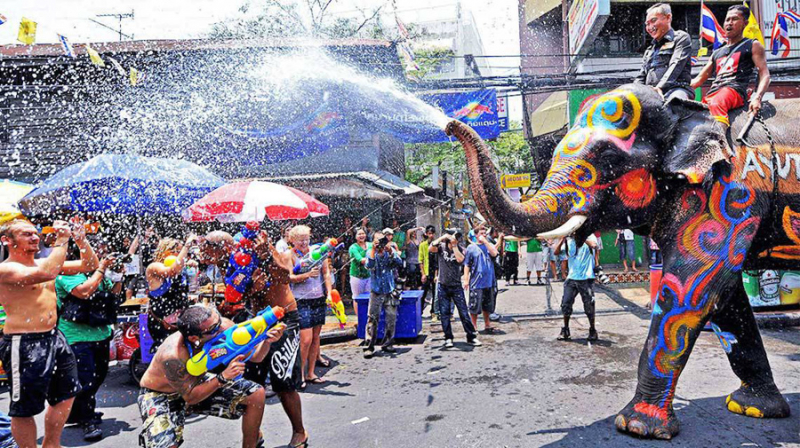
Thailand 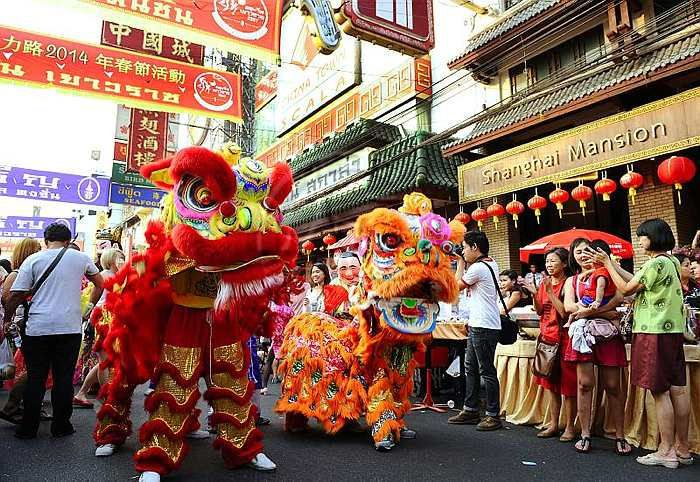
Thailand -
Initially, North Korea's Lunar New Year was celebrated in October and November, but it eventually changed to January 1 to coincide with other Asian countries. During the Lunar New Year, people gather in public places to participate in traditional games such as kite flying, jumping rope, and celebrating the age of children, in addition to family reunion feasts.
During these days, people will gather, play games, and enjoy traditional dishes like tteokguk (rice cake soup), which is supposed to help people live longer lives. Everyone will clean the home together on the night of the 30th New Year, adorn it with Lunar New Year paintings and couplets, and prepare a Lunar New Year tray together. On the morning of the 1st, the oldest person in the family will perform a ceremony to thank the ancestors.
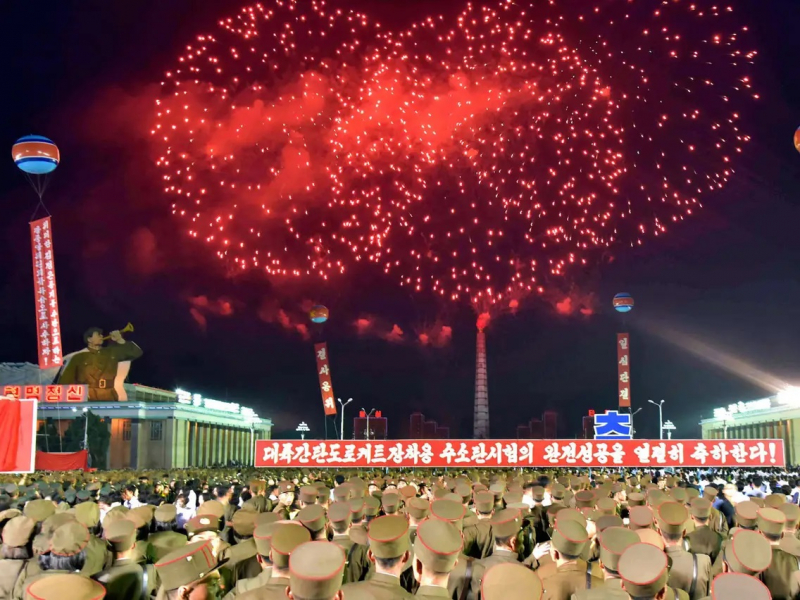
North Korea 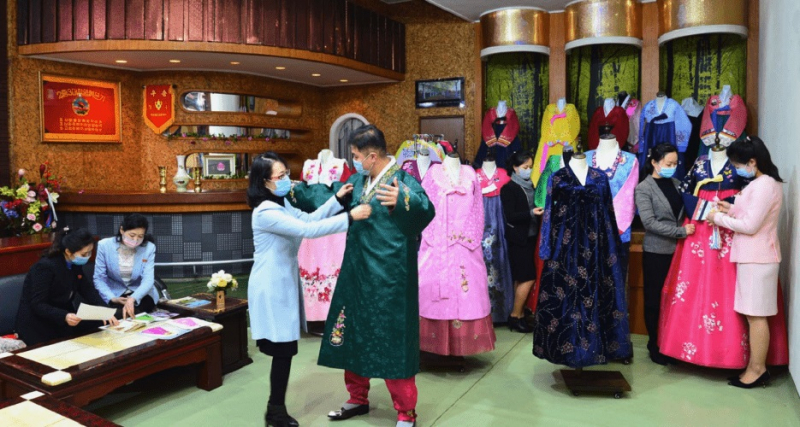
North Korea -
The people of Bhutan call this series of days the Losar New Year. This is the most important holiday of the year according to the lunar calendar, it takes place within 15 days and the first three days of the new year. This holiday has very ancient origins in pre-Buddhist times. In winter, people will perform the ritual of offering incense to the gods, protectors, and spirits. Gradually, Losar became a Buddhist festival. During Lunar New Year, people will visit pagodas, worship ancestors, dance, sing, and hold festivals. The King of Bhutan will give New Year's gifts to his citizen.
Every member of the family returning home no matter where they are far away, cleaning the house together, arranging rice trays and fruit trays to worship ancestors is also a Bhutanese custom. Hearty trays of rice with lots of food and fruits to thank the gods and ancestors for giving them a prosperous life in the old year.
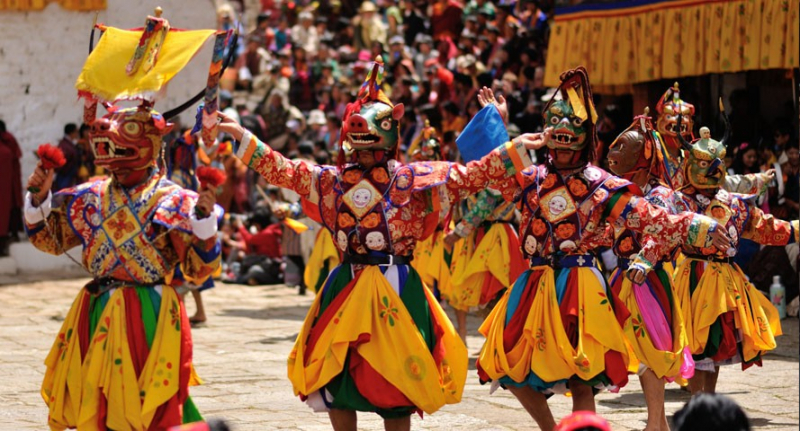
Bhutan 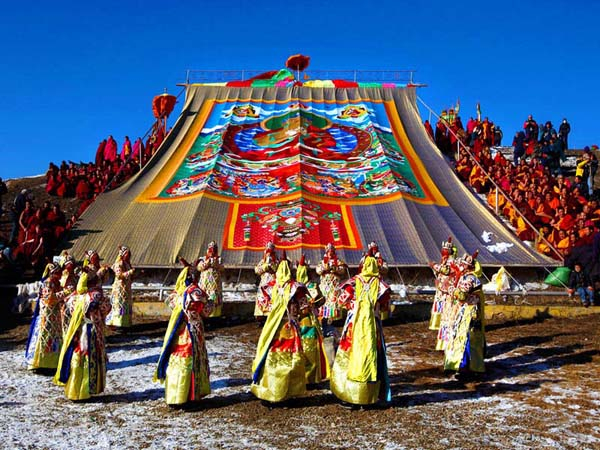
Bhutan












